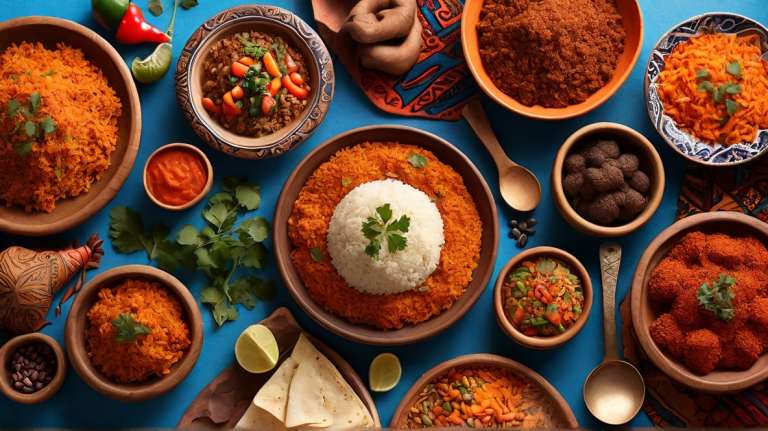Asian cuisine is a tantalizing fusion of flavors, textures, and aromas that have captivated food lovers worldwide. From the delicate balance of spices in Thai dishes to the umami-rich flavors of Japanese sushi, each Asian cuisine offers a unique culinary experience. Let’s embark on a flavorful journey through the diverse landscapes of Asian cuisine, from the bustling street markets of India to the serene tea houses of Japan.
1. Diverse Culinary Traditions: Asian cuisine is as diverse as the continent itself, encompassing a myriad of culinary traditions, cooking techniques, and ingredients. From the fiery curries of India to the delicate dim sum of China, each region boasts its own distinctive culinary identity.
2. Flavors and Ingredients: One of the hallmarks of Asian cuisine is its bold and complex flavors, often achieved through the skillful use of herbs, spices, and seasonings. Ingredients like ginger, lemongrass, soy sauce, and coconut milk are staples in many Asian kitchens, adding depth and complexity to dishes.
3. Street Food Culture: Street food plays a significant role in Asian culinary culture, offering an array of affordable and flavorful dishes to locals and travelers alike. From savory satay skewers in Thailand to steaming bowls of pho in Vietnam, street food vendors are the heart and soul of Asian food scenes.
4. Health Benefits: Many Asian cuisines prioritize fresh, seasonal ingredients and cooking methods that emphasize balance and harmony. Dishes like sushi and sashimi in Japan are not only delicious but also packed with nutrients and low in calories, making them a popular choice for health-conscious diners.
5. Fusion and Innovation: In recent years, Asian cuisine has undergone a renaissance, with chefs around the world putting their own creative spin on traditional dishes. From Korean-inspired tacos to Thai-infused cocktails, Asian flavors continue to inspire culinary innovation and experimentation.









Leave a Comment